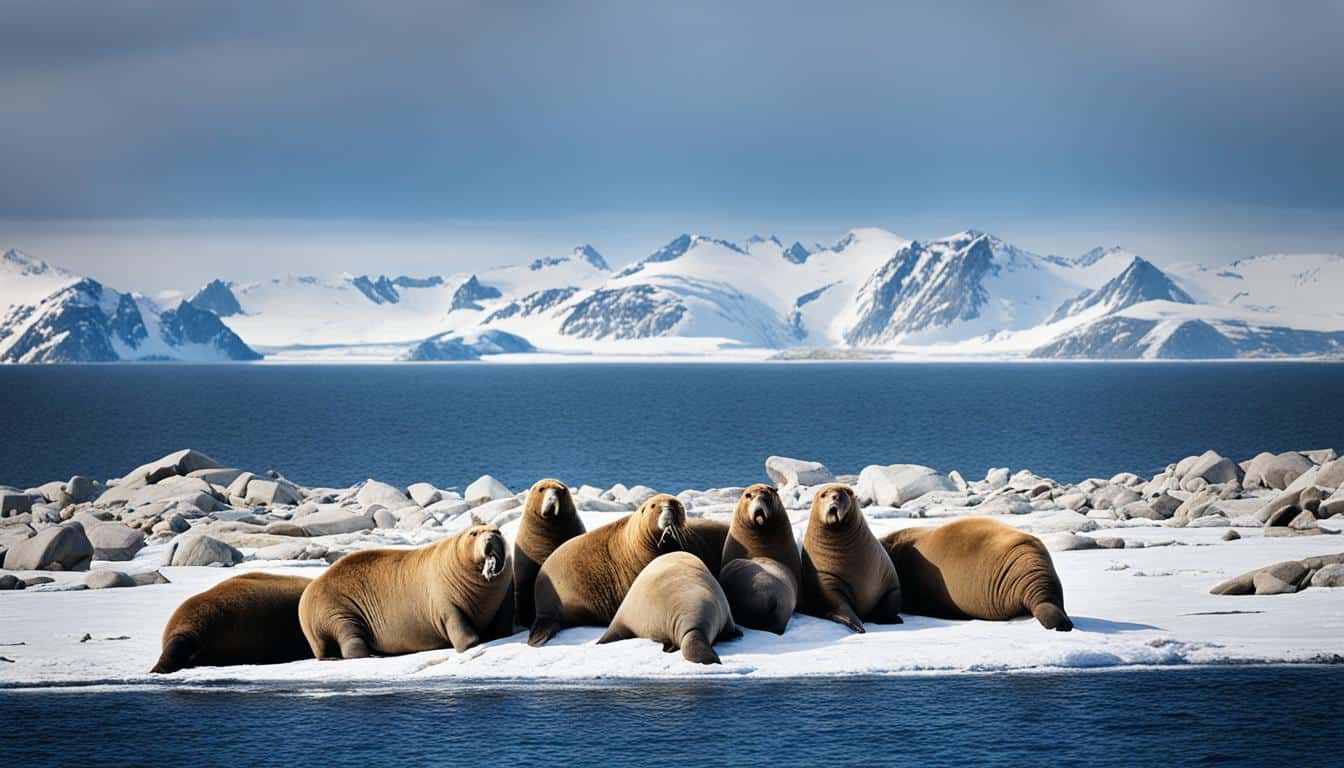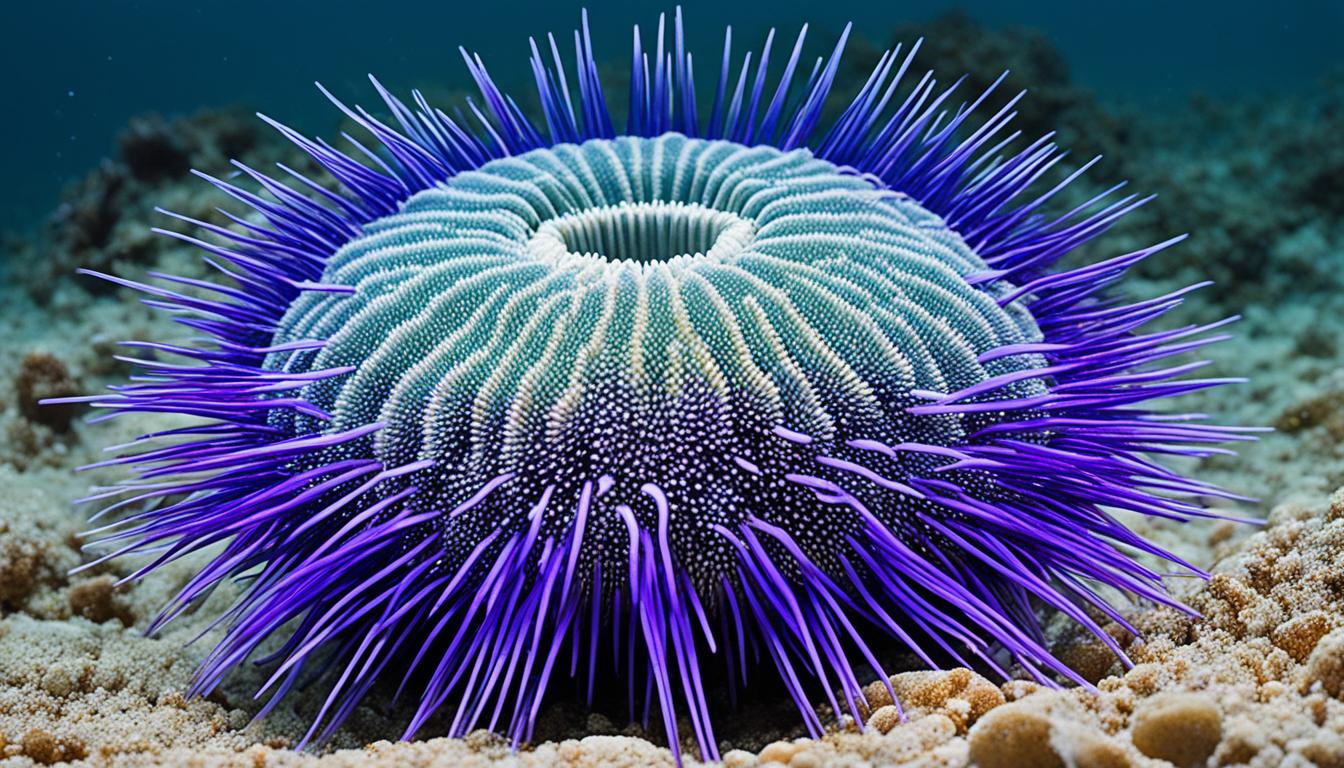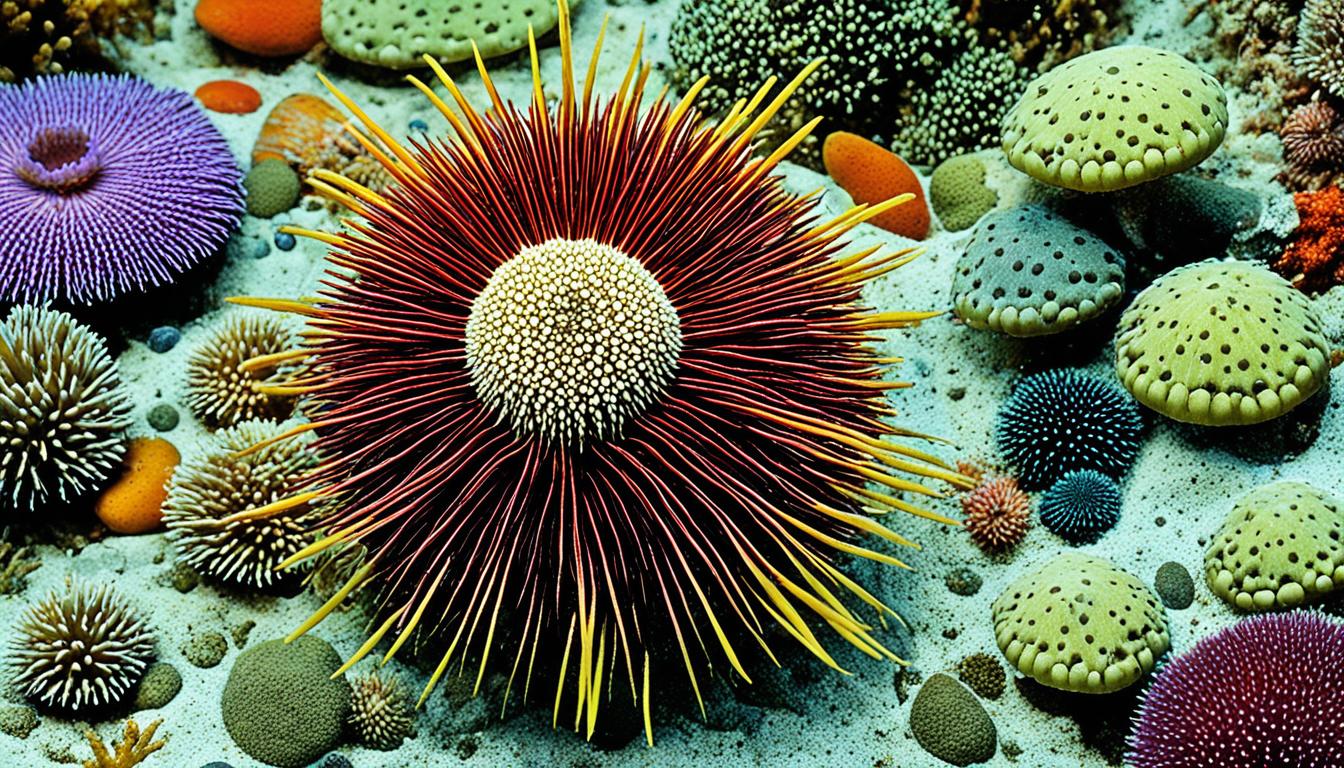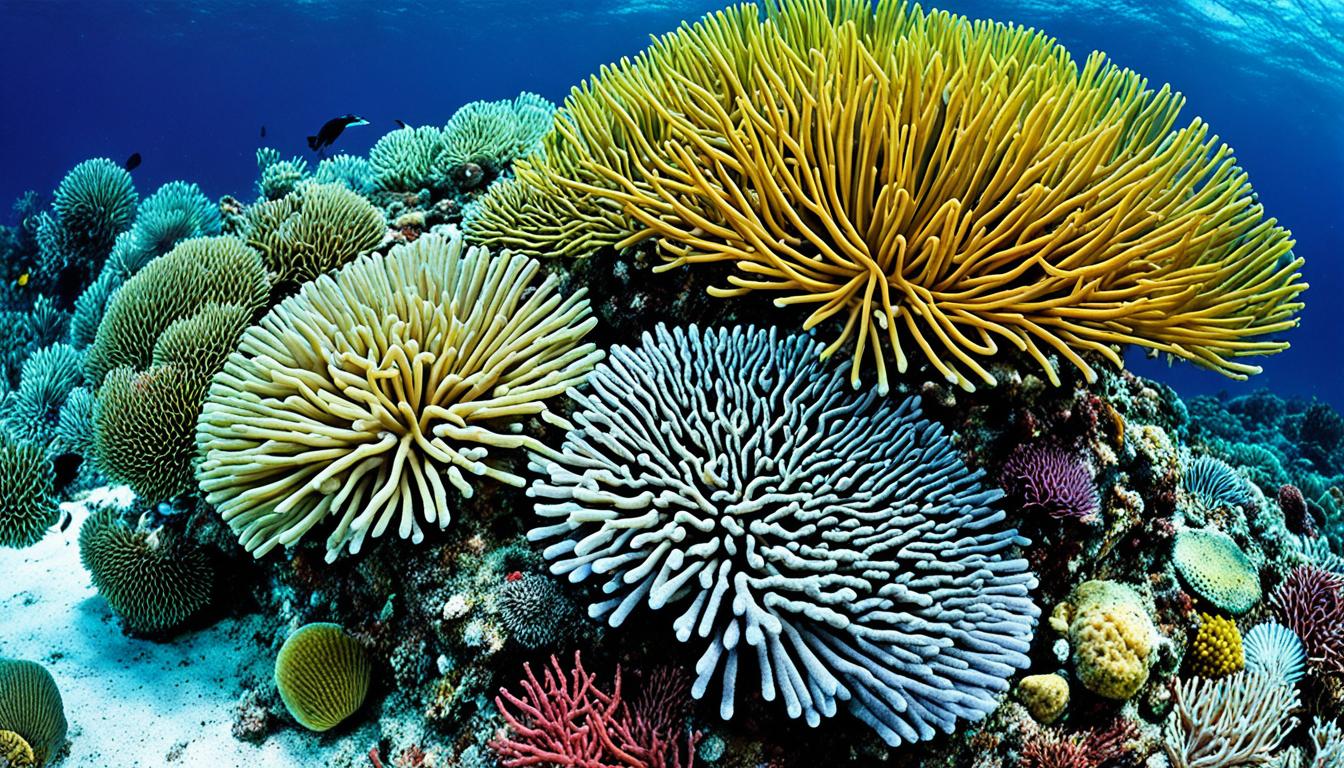The walrus (Odobenus rosmarus) is a key species in Arctic marine ecosystems. They are known for their large size and long tusks. People have been fascinated by them for a long time. But, you might wonder, are walruses endangered?
They faced severe threats from overhunting before. Now, climate change poses a bigger threat. Climate change is changing their home.
The walrus population is still at risk. Saving walruses is important for the Arctic ecosystem. It’s vital to understand the challenges they face to help them survive.
Understanding the Walrus Population Status
Looking at the walrus population’s status is crucial. We need to look at both current numbers and past data. This gives us a full view of their health and future trends.
Current population estimates
The current walrus population estimates show big differences between the Atlantic and Pacific. The Atlantic has over 25,000 walruses, while the Pacific has about 200,000. The Laptev walrus group has around 5,000 individuals. These numbers show how walrus populations vary by region.
Historical population trends
Understanding the walrus population’s past is key. In 1975, there were about 246,000 Pacific walruses. By 2006, this number fell to around 129,000. But by 2022, the Pacific walrus population had bounced back to about 257,000.
Changes in survey methods and limited areas make tracking trends hard. So, we must keep a close eye on them.
Are walruses endangered? Threats to Their Survival
Walruses face many threats that make it hard for them to survive. It’s important to understand these threats to see the challenges they face. Key threats include climate change and human actions that harm their homes.
Impact of climate change
Climate change has a big impact on walruses. It leads to less sea ice, which is crucial for their survival. Walruses need sea ice for finding food and resting.
As the ice melts, walruses change their ways and move to new places. These places are often near humans, which brings new dangers. This change makes their lives harder and puts them at risk.
Human disturbances and habitat degradation
Humans are a big problem for walrus habitats. More ships and the risk of oil spills threaten their homes. These dangers add stress to a population already in trouble.
Warmer waters also bring harmful algal blooms. These blooms can harm walruses and the people who depend on them. The health of walruses and their environment are closely linked. We must work to reduce these threats to help them survive.

Walrus Habitat Loss and Its Implications
Loss of habitat is a big problem for walruses. As sea ice melts, walruses face big changes. These changes affect their behavior and numbers.
Effects of diminishing sea ice
Less sea ice means walruses have to change how they live. They can’t find their usual food like clams. This makes it hard for them to dive and hunt.
Now, mothers have to swim longer to find food, which is risky. They and their babies face dangers from predators and bad weather.
Coastal haulouts and land-based foraging
Walruses are spending more time on land as ice melts. These places are where they rest, but they’re not safe. Too many animals together can cause stress and fights.
If humans bother them, they might get hurt. Using land to find food is hard for them. It can make them unhealthy and hurt their ability to have babies. Losing their habitat is a big problem for walruses.
| Impact of Habitat Loss | Consequences |
|---|---|
| Decreased Access to Food | Leads to malnutrition among walruses |
| Increased Swimming Distances | Risks for mothers and calves, higher infant mortality |
| High Density at Coastal Haulouts | Increased likelihood of stampedes and injuries |
| Transition to Land-Based Foraging | Complicated feeding behaviors, nutritional challenges |
Walrus Species at Risk
The plight of walrus species is a pressing concern. Both the Atlantic and Pacific walruses face challenges that threaten their survival. By understanding these challenges, we can better protect them.
Distinguishing between Atlantic and Pacific walruses
The Atlantic walrus lives mainly in the Arctic and sub-Arctic. It is considered a species at risk. Its numbers are decreasing, and it depends on ice for survival. This makes it very vulnerable to climate change.
The Pacific walrus has a larger population and is more resilient. But, it also faces threats from climate change and human activities. Knowing the differences between these species helps us protect them better.
Conservation status according to IUCN
The International Union for Conservation of Nature (IUCN) says both walrus species are “Vulnerable.” This means they are at high risk. The Atlantic walrus is losing its habitat, while the Pacific walrus needs constant monitoring and action.
To help these species, we must watch their populations and threats closely. This will guide our conservation efforts.
| Species | Population Status | Key Threats |
|---|---|---|
| Atlantic Walrus | Vulnerable | Habitat loss, climate change, human disturbances |
| Pacific Walrus | Vulnerable | Climate change, human impact, reduced sea ice |
Walrus Conservation Efforts and Initiatives
Concerns for walrus populations have led to many conservation efforts. Government policies, like the Marine Mammal Protection Act (MMPA), regulate hunting and reduce harm from human activities. These policies help monitor populations and support their survival.
Government policies and regulations
Government efforts also protect their habitats and fund research on walruses. By studying them, authorities can tackle the challenges they face. It’s important for federal and state agencies to work together to make these efforts effective.
Community involvement and indigenous practices
It’s key to recognize the role of indigenous communities in walrus conservation. They hunt sustainably, showing deep knowledge of walrus behavior. By combining traditional knowledge with modern science, they help monitor and protect walruses. This partnership is crucial for walrus conservation and respects their cultural importance.
FAQ
Are walruses endangered?
Yes, walruses are considered “Vulnerable” by the International Union for Conservation of Nature (IUCN). They face threats that threaten their survival.
What is the current walrus population status?
There are over 25,000 Atlantic walruses and about 200,000 Pacific walruses. But, some groups like the Laptev walrus have only around 5,000.
What are the historical trends in walrus populations?
Back in 1975, there were about 246,000 Pacific walruses. By 2006, that number dropped to around 129,000. But, by 2022, they had bounced back to about 257,000.
What threats do walruses face today?
The main threats are climate change and human activities. Climate change causes sea ice loss, which is crucial for their survival. Human actions also disturb their habitats.
How does climate change impact walruses?
Climate change leads to less sea ice. This forces walruses to move to new places, where they face more human disturbance and risks like oil spills.
What habitat degradation issues do walruses encounter?
They face habitat degradation due to less sea ice in the Arctic. This makes them forage on land, which is harder and threatens their survival.
What effects does diminishing sea ice have on walruses?
Less sea ice means losing their home. It makes it harder for mothers to feed their young and can cause stampedes at haulouts.
What distinguishes between Atlantic and Pacific walruses?
Atlantic walruses are more at risk because they have fewer numbers and rely on specific ice. Pacific walruses are more resilient but still face threats from climate change.
What is the conservation status of these walrus species according to IUCN?
The IUCN says both Atlantic and Pacific walruses are “Vulnerable.” This means they could become extinct without conservation efforts.
What conservation efforts are being undertaken for walruses?
Conservation efforts include laws like the Marine Mammal Protection Act (MMPA). Alaska Native communities also help through sustainable hunting and monitoring.
How do indigenous practices contribute to walrus conservation?
Indigenous communities are key to walrus conservation. They practice sustainable hunting and share traditional knowledge. They also help monitor these important animals.










